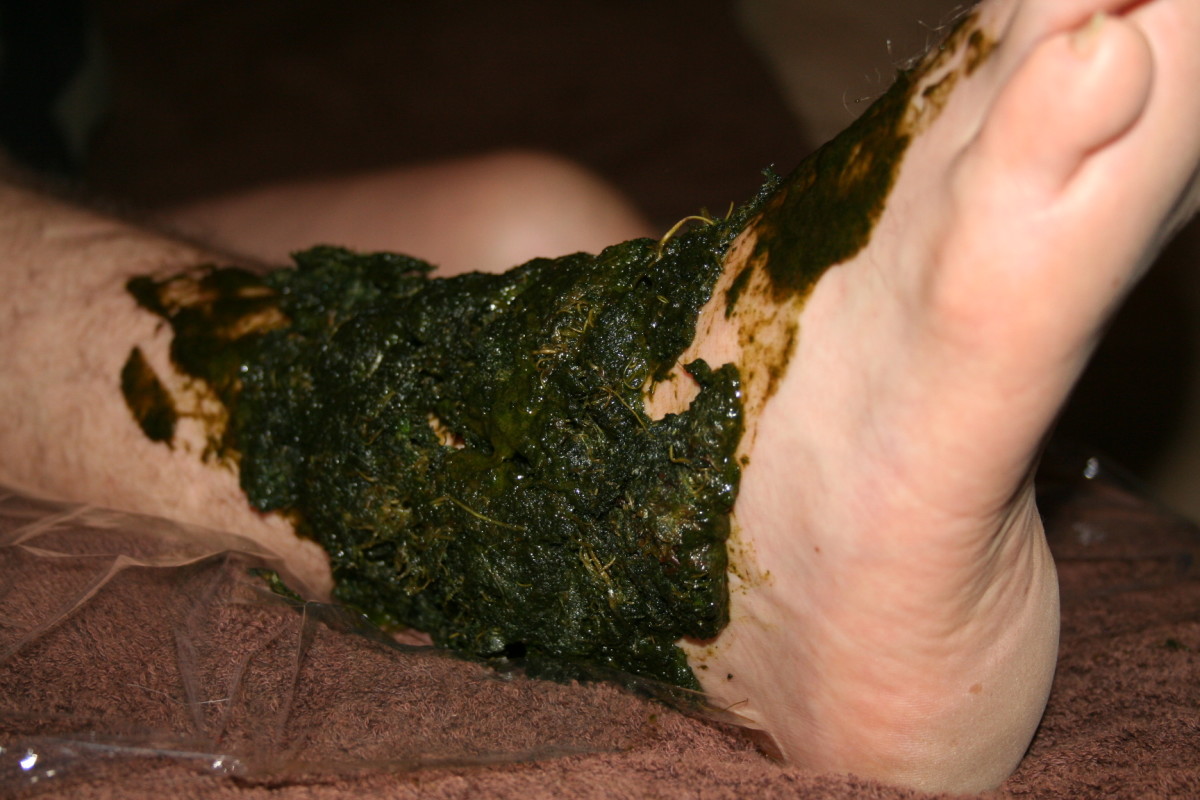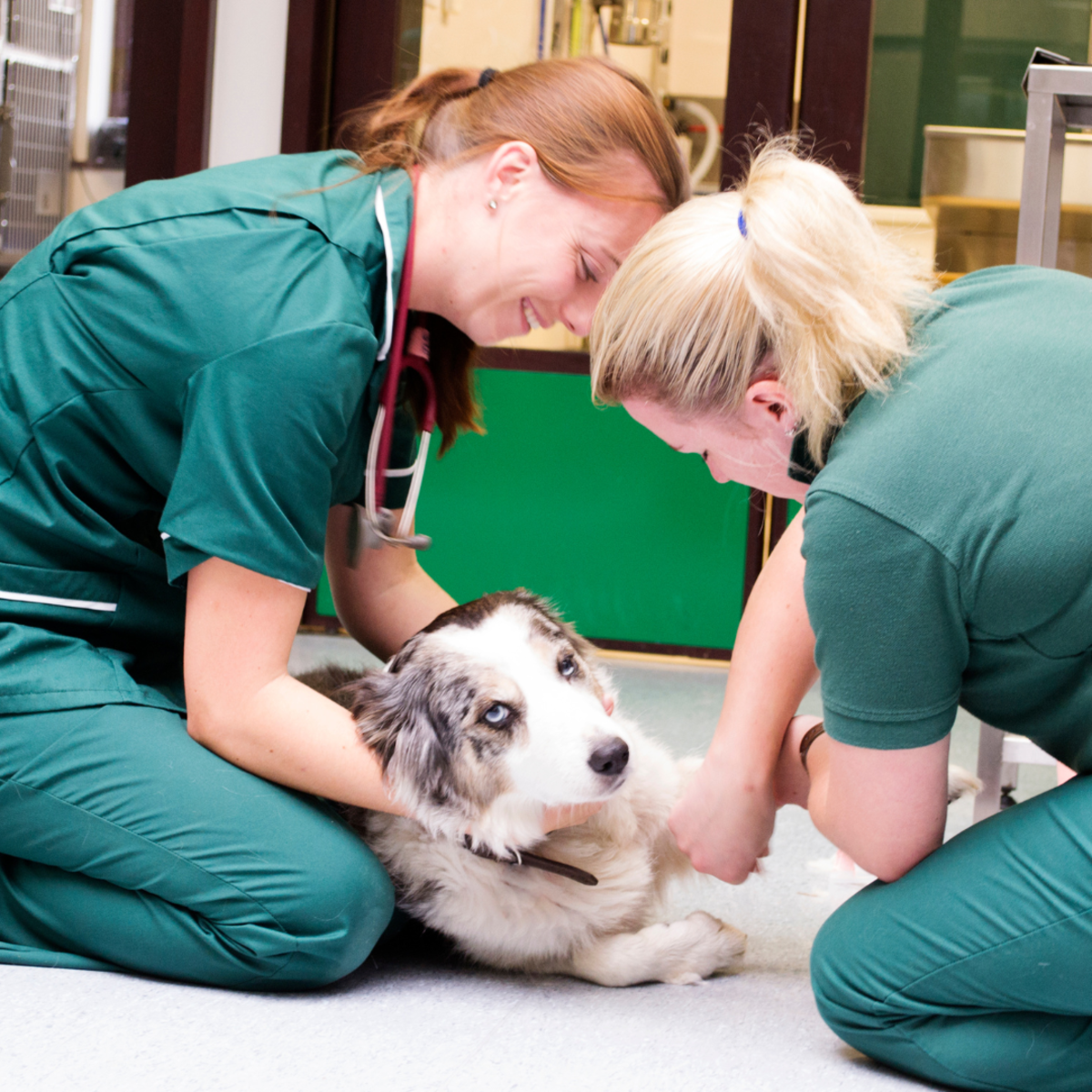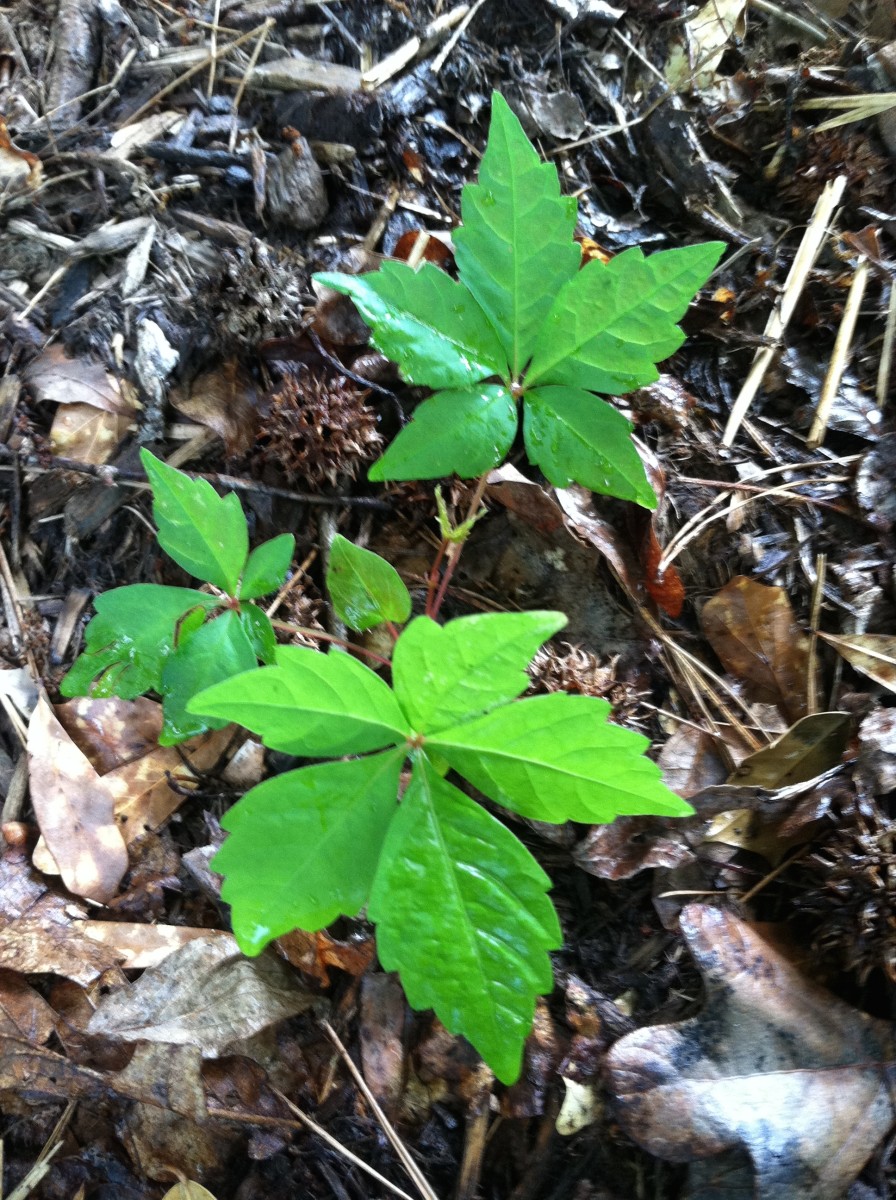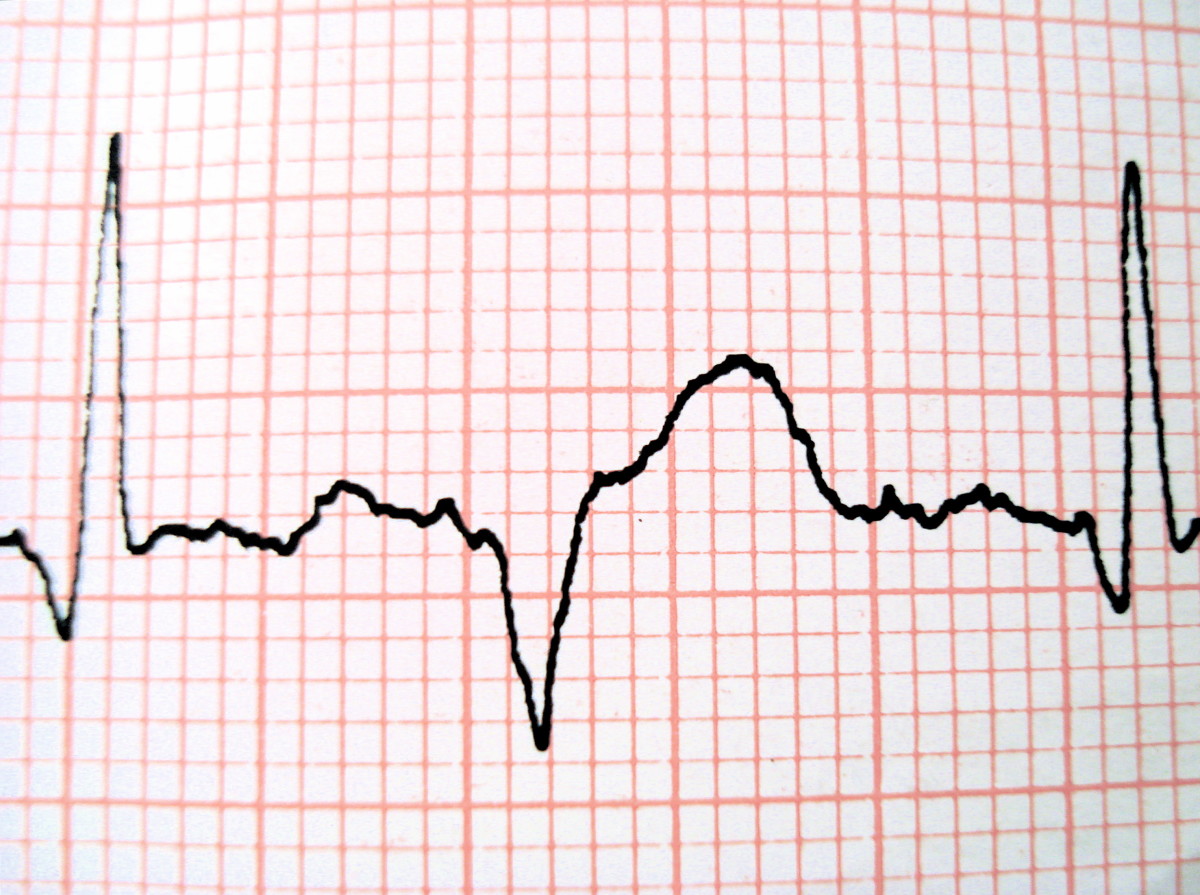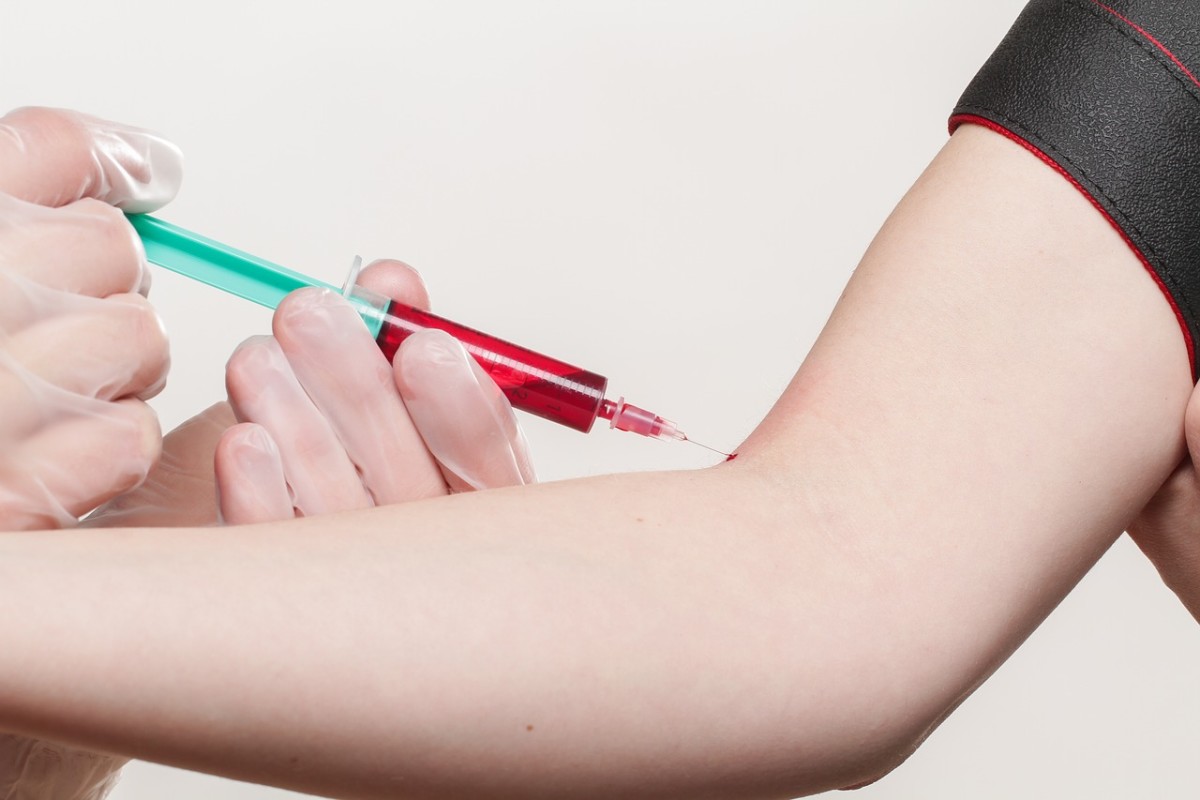What To Do With Sports-Related Injuries
Aside from making the body in top shape, sports can teach children the value of teamwork, victory, defeat and goal-setting. Hence, it is of essence to encourage kids to get hooked up with sports and who knows they might turn out to be the next Kobe Bryant, Roger Federer, and Magnus Carlsen.
Even though sports is good and has a lot of benefits, there is always the risk of figuring into accidents that will lead to injuries (mild, serious and even life-threatening). Everybody is vulnerable to sports-related injuries whether you are an expert or an amateur. Injuries may happen to your kids too, during a basketball practice or game. But you can lessen the impact of injuries if you know the essential first aid tips.

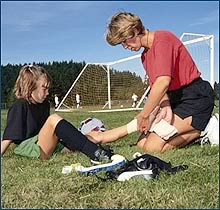
Here are some valuable and effective pointers to reduce the gravity of injuries such as broken bones, sprains, strains, fractures and dislocations:
Broken Bones and Dislocations:
Also called fractures, broken bones may be caused by direct force like a nasty blow to a certain part of the body. The effect of fractures may be classified as simple or "comminuted", open or closed. Simple fractures may exhibit one line crack while the: comminuted" fractures on the other hand, may have multiple bone fragments. Open fractures usually occurs when the skin is broken exposing the bone (ouch). This type of injury may be accompanied with bleeding. In closed fractures, however, the skin surrounding the broken bone is undamaged but there is bruising and swelling.
Dislocation happens when a bone is detached at a joint. The culprit here can be a strong force that wrenches the bone into an irregular position.
Here’s what to do for closed fractures and dislocations:
- Tell the injured individual to feel relax and not to move. Do not give the injured person something to eat or drink.
- Keep the injured individual in a steady position and provide support until it is immobilized, to avoid aggravating the injury. For upper limb injuries, however, provide a support to the arm against the trunk with a sling or with a bandaging. In case a sling or bandage is not available, a piece of cloth will do. For lower limb injuries, bandage the injured leg with the other leg. Place a soft padding between the legs. Tie the knot in front of the uninjured leg while avoiding the bony areas. Securely bandage the feet and ankle too.
- Call an ambulance or bring the injured individual to the nearest hospital. When it is possible elevate the injured part. See to it that you check the circulation around the bandages at an interval of 10 minutes. An indication that the bandage is too tight is when you see the skin around the bandage becoming gray or blue in color, or the skin on the foot turns pale and cold. As such, loosen the bandage until the skin brings back its normal warmth and color.

For open fractures:
- Do not move the injured part until it is secured and supported. Do not give the injured person something to eat or drink.
- Call immediately an ambulance or get help while you are treating the wound.
- Use a sterile dressing or a clean pad that is larger than the wound, while you put on pressure to regulate breeding. Do not exert force directly to the exposed bone or touch it with your fingers.
- Put on a cotton wool or padding over and around the dressing.
- Bandage the injured area securely but not rigidly.
- Keep the injured individual in a steady position and provide support until it is immobilized, to avoid aggravating the injury. When it is possible elevate the injured part.
- See to it that the injured individual should get to the hospital as soon as possible.
Sprains and Strains
- A sprain is an injury to the ligaments or tissues that attach the bone ends together. This type of injury is usually caused by a wrenching movement. Swelling and pain intensifies even with single movement or when weight is placed on the foot (injured ankle).
- Meanwhile, a strain occurs when there is partial tear that takes place in the muscle adjacent to the bone.
Here is the procedure in treating sprains and strains:
- Rest the injured part on a stable surface and make it a point that the injured person is comfortable.
- Lessen swelling by providing an ice pack or a cold compress.
- Using a thick padding, securely wrap and bandage the injured part.
- Elevate the injured part.
- Let the injured person have a rest and if the pain persists take him to the nearest hospital.
An entry to the WritingContest.
Health Hubs
How to Apply Hot or Cold Fever Sponge Bath
How to Avoid Stress, Tension and Pressures
The Harmful Effects of Cell Phone Radiation
Health Bracelets Reel or for Real
Healthy Foods, Drinks and Supplements
Essential Facts About the Foods You Eat
When to Take or Not to Take Vitamins
The Health Benefits of Alkaline Water
The Color of Foods and the Benefits They Provide
Insect Bites
How to Treat Bee and Wasp Stings and Mosquito Bites
How to prevent and treat insect bites
Herbal Remedies
How to Cure Abscesses and Boils Using Natural Herbs
How to Cure Acute and Chronic Cystitis
Natural Wonders


